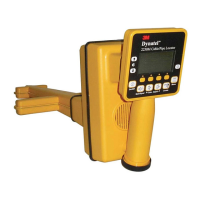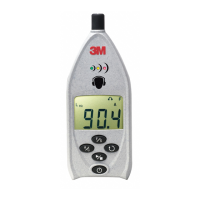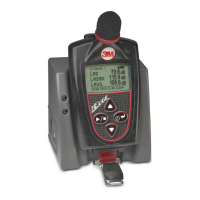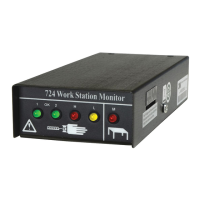22 78-8130-6150-0-F
2. TurnthetransmitteronbypressingOhms[T-2].Thecontinuityofthecircuitwillbe
measured.Theresultsaredisplayed[T-4]inohmsandasatone.
− Ifthecontinuityofthecircuitisverygood(thereadingonthedisplayisless
than3KΩ.andasolidtonefromthetransmitterisheard)allfrequenciescan
beusedtolocate.Alwaysusethelowestfrequencyavailable(forexample,577
Hz).Lowerfrequenciesarelesslikelyto‘bleedover’toothercablesinthesame
area,andareverygoodfortracingoverlongdistances.
− Ifthecircuitreadsmorethan3KΩ.,butlessthanlOKΩ(indicatedbya
beepingtonefromthetransmitter)itwillbenecessarytouseahigherfrequency
than577Hzinordertolocatethecable/pipe.
− IfthecircuitreadsmorethanlOKΩ.,itwillbenecessarytouseanRFsignal
suchas33kHzor200kHz.
− Ifthereisnotoneandthetransmitterindicatesthatthereisanopencircuit(OL
inthedisplay)thiscouldbeanindicationofapoorground,oranopen-ended
cableorpipe.Useoneofthehigherfrequenciesavailable,athighormaximum
outputpowerlevel.Ifitisanopen-endedcableorpipe,thereceiver'sresponse
willdecreasesuddenlyatthesiteoftheclearorseveredend.
Note: In the ohms mode, the transmitter can detect voltage as well as ohms. If a low
voltage is detected, the display will alternate between displaying ohms and volts. When
displaying ohms, the flag over the Ω symbol will be visible. When displaying volts, the
flag over the ‘V' will be visible. When the voltage magnitude is sufficient to impair the
accuracy of the ohms measurement, only voltage will be displayed. If the voltage is
AC, a sine wave will be visible on the display [T-4]. If a high AC voltage is detected, a
rapid beeping tone will be heard.
3. PressTrace [T-3]repeatedlyuntilthedesiredfrequencyappearsonthedisplay.
4. PressOutput Level [T-5]toselecthighormaximumoutputpowerlevelforlonger
tracingdistancesordeeppipe/cable.

